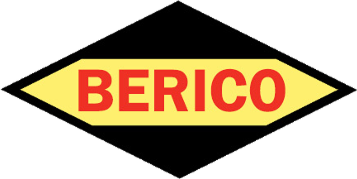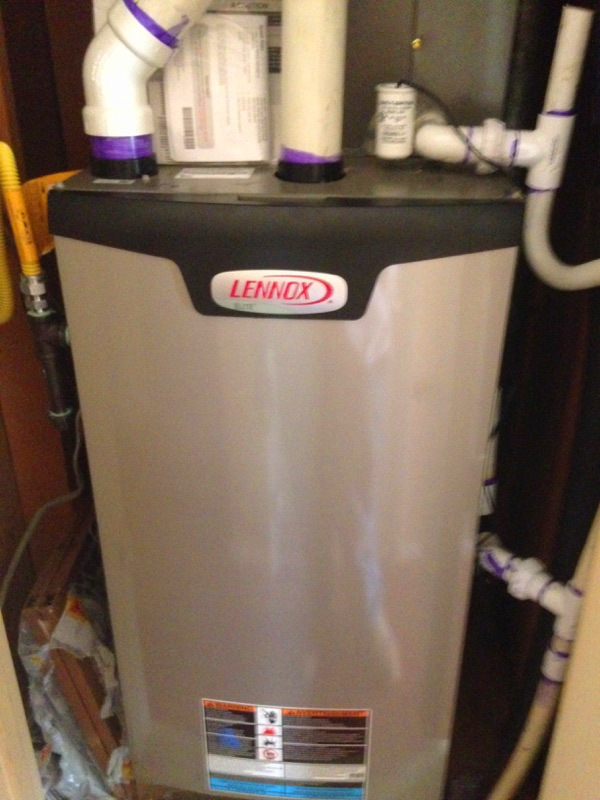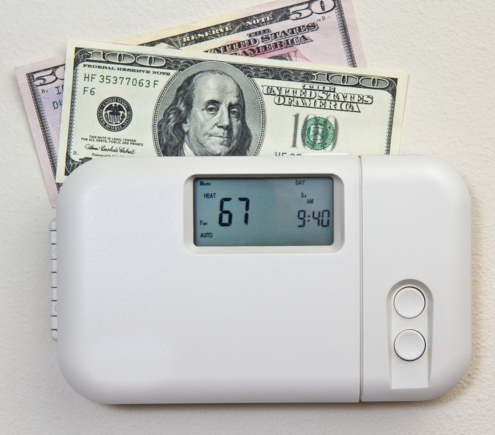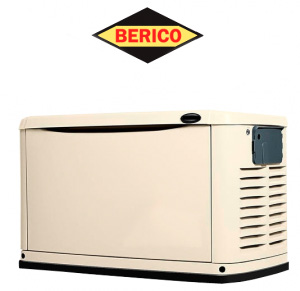Understanding HVAC Efficiency Ratings: What You Need to Know
 It’s easy enough to understand that an efficient HVAC system is better than an inefficient system. When your HVAC equipment operates efficiently, it tends to deliver better results, and it saves you money by consuming less energy. Also, there is the added benefit of reducing the impact of the system on the environment. But how do you know what the ratings mean and what to look for when shopping for an HVAC system? The article below has the details.
It’s easy enough to understand that an efficient HVAC system is better than an inefficient system. When your HVAC equipment operates efficiently, it tends to deliver better results, and it saves you money by consuming less energy. Also, there is the added benefit of reducing the impact of the system on the environment. But how do you know what the ratings mean and what to look for when shopping for an HVAC system? The article below has the details.
For an HVAC company you can trust to deliver outstanding results over and over again, Berico is the only name you need to know. Simply pick up the phone, call Berico to schedule an appointment, and you will be well on your way.
Starting with Cooling
If you are looking at the efficiency of your cooling system, the metric that is relevant to the discussion is SEER. This stands for Seasonal Energy Efficiency Ratio, and it is a number that demonstrates the energy efficiency of a piece of equipment that was designed to cool an indoor space. It can be applied to either an air conditioner or a heat pump.
This scale is designed to be simple for everyone to understand, so what you need to know is this – the higher the number, the more efficient the system. Current standards dictate that all new cooling equipment be rated with a SEER of at least 14 in the warmer states in the U.S. So if you buy a new system, it will be rated at least at a 14, but you could shop for a unit with a higher rating for even better efficiency. Plus 14 SEER may be today’s minimum, but manufacturers now produce HVAC equipment up to 21+ SEER. Call a Berico representative today who can help you better understand your system’s SEER rating and the potential return on investment for a higher efficiency system.
Remember that if you are using a rather old air conditioner currently, it could be operating with an effective SEER number of well under 10. So, by installing any type of new equipment, even if it only meets the standard of 14, you’ll be dramatically improving the efficiency of the setup.
A Couple of Heating Measures
Things are a little more complicated when it comes to the measurement of heating equipment, but it’s still simple enough to understand. If measuring a furnace that uses oil or gas to heat an indoor space, its Annual Fuel Utilization Efficiency, or AFUE, should be checked. Again here you want a higher number, as the percentage reflected in this measurement shows how much of the fuel is actually converted to heat. Modern equipment can actually perform at a level of 95% or above, which is incredible efficiency, while older units might barely surpass the 50% mark.
There is a separate measure to track the performance of the heating side of a heat pump system. That number is HSPF, or Heating Seasonal Performance Factor, and the minimum rating is 8.2, although you can find products up to 10 on this scale if you want to be as efficient as possible.
Is it time for HVAC repair at your home or business? Do you need HVAC maintenance completed so you can avoid costly repairs later? Whatever the case may be, you are only one phone call away from getting the help you need for a fair price. Reach out to Berico and get started today.


 When you hear your furnace kick on in the background while going about your normal life, you naturally expect to feel warm air blowing through the house a few moments later. If that doesn’t happen – and cold air comes out of the vents instead – you’ll immediately know that something is wrong. This article will take a look at some possible causes of your furnace failing to produce the warm air you need to stay comfortable all winter long.
When you hear your furnace kick on in the background while going about your normal life, you naturally expect to feel warm air blowing through the house a few moments later. If that doesn’t happen – and cold air comes out of the vents instead – you’ll immediately know that something is wrong. This article will take a look at some possible causes of your furnace failing to produce the warm air you need to stay comfortable all winter long. There are many individual components within your gas furnace that have to be working properly in order for the whole unit to function as it should. One of the key components is called a flame sensor, and you will quickly find yourself left in the cold if it stops working. This article will explain what this part does and how you can determine if it might be causing problems with your furnace.
There are many individual components within your gas furnace that have to be working properly in order for the whole unit to function as it should. One of the key components is called a flame sensor, and you will quickly find yourself left in the cold if it stops working. This article will explain what this part does and how you can determine if it might be causing problems with your furnace. An HVAC tune-up is one of the best things you can do for the system that serves your home. By keeping up with
An HVAC tune-up is one of the best things you can do for the system that serves your home. By keeping up with  Having to replace a furnace or air conditioner is not something that most homeowners look forward to, but it’s a reality of life at one point or another. Eventually, your current
Having to replace a furnace or air conditioner is not something that most homeowners look forward to, but it’s a reality of life at one point or another. Eventually, your current  A power outage can suddenly bring your normal, day-to-day life to a halt. The many different systems in your home that you rely on for basic functions will stop when the power goes down, which is a relatively common occurrence during the stormy time of year. If you’d like to avoid the inconvenience of a power outage, consider adding a
A power outage can suddenly bring your normal, day-to-day life to a halt. The many different systems in your home that you rely on for basic functions will stop when the power goes down, which is a relatively common occurrence during the stormy time of year. If you’d like to avoid the inconvenience of a power outage, consider adding a